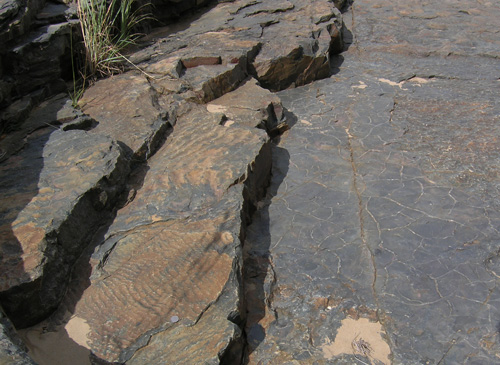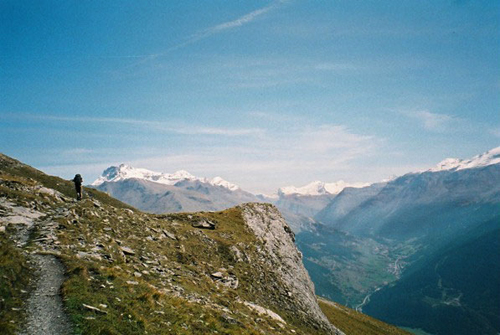It was nice to get away over the Easter weekend – I went with some friends down to St. Lucia, on the east coast of South Africa north of Durban. I’m not generally the sort of person who gets much out of simply lazing on a beach. What I usually need from a holiday is to get amongst some fine natural scenery and fully indulge my mind’s more introspective flights of fancy, which gets quite difficult when the rowdy family parked six inches from your head is kicking sand in your face; I tend to find the gentle ambulatory rhythms of a long hike to be a better meditative aid. This time, however, it seems that a bit of concentrated laziness was just what I needed; besides, it turns out that South African beaches are generally a little less crowded than British ones.

In fact there was still a fair amount of distraction, in the shape of the five year-old daughter of one of my companions, but even this was not without its pleasures: you can get plenty of enjoyment out of letting yourself get swept along by the pure, unselfconscious, enjoyment youngsters seem to get from playing around in the waves. I even built a sandcastle. Nonetheless, it struck me that even in full carefree relaxation mode (or at least, as close to it as I’m probably going to get) my inner scientist still wasn’t fully switched off. I still found myself examining the darker heavy mineral layers within the normal beach sand, taking an interest in the standing waves being set up within the breakers that lashed the shore, and wondering about the current and wind patterns in the Indian Ocean that were producing the warm and welcoming water that I was swimming in. Is this, I wonder, a symptom of excessive monomania?





Nice plan for content warnings on Mastodon and the Fediverse. Now you need a Mastodon/Fediverse button on this blog.